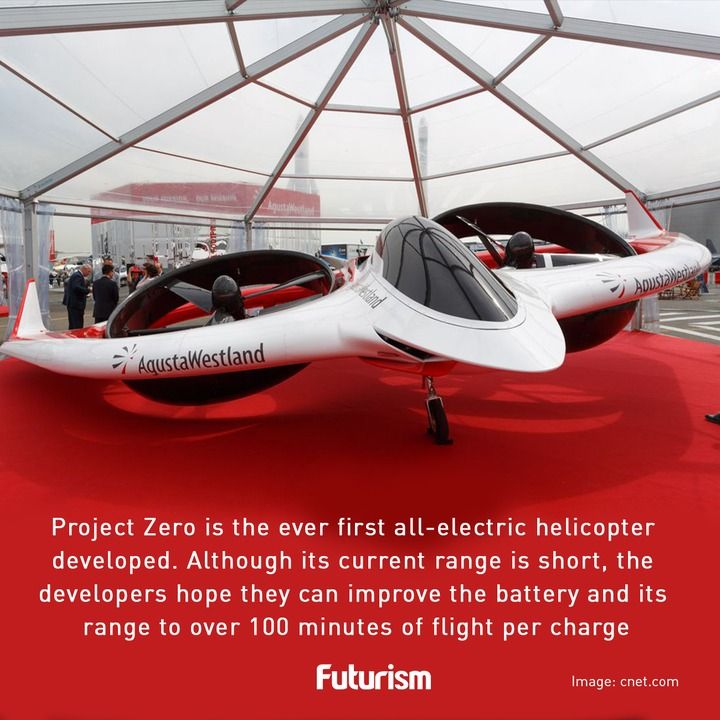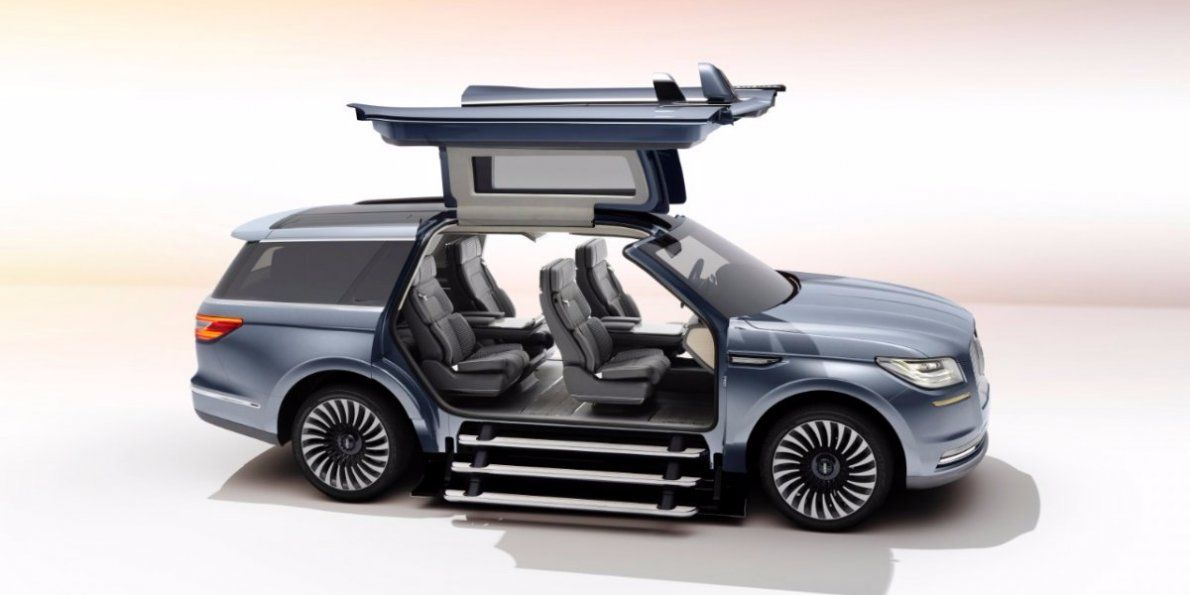Singapore residents can now ride in a self-driving taxi. http://cnnmon.ie/2bS9lYj
Category: transportation – Page 589
Sideways Car
This car drives sideways — could it solve your parallel parking woes? http://cnnmon.ie/2bRByMg
That’s not a human riding this motorcycle
Motobot — motorcycle riding humanoid robot
Look closely.
That’s not a human riding this motorcycle. http://cnnmon.ie/2bzSrh1


Baidu Can Now Test Its Self-Driving Cars In California
The California DMV has just given Baidu its Autonomous Vehicle Testing Permit, clearing it to test its self-driving tech in California streets.
Google has been one of the first and one of the most senior in the companies developing autonomous driving technology. But “another Google” is looking to catch up in the field.
Baidu, the Chinese search engine giant, has just received the green light to test its self-driving cars in the streets of California.

Technology Looks to Stop a Dirty Bomb Before It Happens
Using tech to stop terrorists dirty bombs.
DARPA’s SIGMA program undergoes real-world testing with state, federal and international partners to defend against radiological threats.
A DARPA program aimed at preventing attacks involving radiological “dirty bombs” and other nuclear threats has successfully developed and demonstrated a network of smartphone-sized mobile devices that can detect the tiniest traces of radioactive materials. Combined with larger detectors along major roadways, bridges, other fixed infrastructure, and in vehicles, the new networked devices promise significantly enhanced awareness of radiation sources and greater advance warning of possible threats.
The demonstration of efficacy earlier this year was part of DARPA’s SIGMA program, launched in 2014 with the goal of creating a cost-effective, continuous radiation-monitoring network able to cover a large city or region. Although radiation detectors have in recent years been installed in a number of key locations in the United States and around the world, the SIGMA program has sought to increase capabilities while lowering their costs, in order to network an unprecedented number of advanced detectors and provide a comprehensive, dynamic, and automated overview of the radiological environment.


Self-driving tractors promise to get themselves to work, plow without complaint
There’s been a lot of focus on consumer self-driving technology recently, but autonomy promises to shake things up in the agricultural world too. CNH Industrial’s latest concepts aim to demonstrate how self-driving tractors can deliver faster, more precise results than their human controlled counterparts.